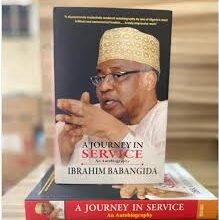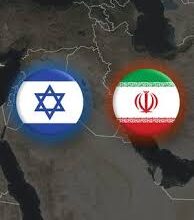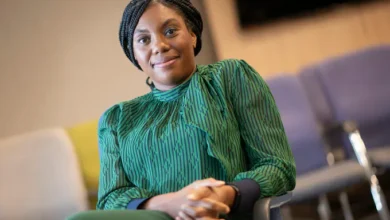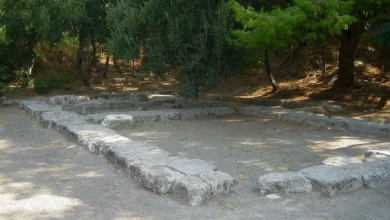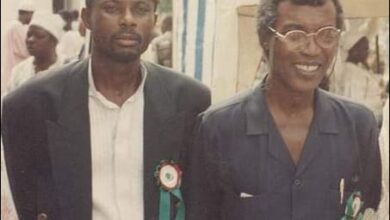Ijesa Osere or Ijesa Osun’re?

Correcting the timeless mistake in Yoruba ORIKI (panegyric)
By Ebenezer Idowu Babatunde.
Recently, I found myself at a cultural occasion where, as is customary, a talented chanter took the stage to sing the praises of an Ijesa son. Her voice was melodious, her rhythm engaging. However, as she raised her voice in chant, she uttered the words, “Ijesa Osere omo eleni ateeka,” and I winced slightly.
After the program, I approached her with a smile, commended her voice and performance, then gently suggested that next time she should say “Ijesa Osun’re,” not “Osere.” Rather than welcoming the correction, she insisted she was right. I could have debated, but I am not one for ejo wewe, so I let it slide and faced my front.
But that moment stayed with me, and it prompted this piece.
For far too long, a subtle but significant error has crept into the oriki (panegyric) of the Ijesa people: the mistaken use of “Osere” instead of the correct term “Osun’re.” It may sound like semantics to some, but among a people whose identity and pride are tied deeply to their oral heritage, it is more than that; it is a distortion of history and meaning.
So, let’s set the record straight.
The correct oríkì is:
“Ijesa Osun’re, omo eleni ateeka, omo eleni ewele.”
This translates to: “Ijesa, who does not sleep on Ore mat; the one who spreads mat and never bothers to fold it up, the owner of the Ewele mat.”
But what is Osun’re, and why is Osere incorrect?
To answer that, we must talk about mats – yes, ordinary sleeping mats, or not-so-ordinary in this case.
Among the Yoruba people, mat weaving (eni hihun) is a widespread craft practised in many regions, from Ijebu to Oyo, from Apomu to Ipetu-Ijesa, and all the way back to Ile-Ife. However, not all mats are created equal. And not all people are praised for their mats.
The Ogotun-Ekiti and Ijesa people, especially those from Ipetu-Ijesa, are uniquely praised for their mats, and for good reason. The mats they wove are not just ordinary sleeping tools; they are symbols of status, strength, and craftsmanship.
Mats are named based on the material used to make them. There is Eni Aba made from common grass, as there is Eni Ore made from Bulrush, which is a tall, reed-like water plant. Of the two, Ore is stronger than Aba and that is why Yoruba has a saying that “Eni Aba o to bi Eni Ore, Eni aba o see ka, rirun ni run womuwomu” which translates to “Aba mat is not as strong as Ore mat, you can’t fold Aba mat, if you do, it will break into pieces.”
Superior to these two is Eni Atirin, and superior to Eni Atirin is Eni Iran, which is the king of mats and the one woven by the Ogotun and Ijesa people (particularly the Ipetu-Ijesa people, who imported the craft and the seeds to Ijesa land through their early days trade encounter with the Ogotun people).
Eni Iran is made from a fibrous stalk of a plant called Miracle Berry or African Serendipity Berry, known scientifically as Thaumatococcus daniellii. This plant’s tough stalk produces an incredibly durable fibre that resists breaking. Mats woven from this fibre, especially by Ogotun and Ipetu-Ijesa people, are so strong and refined that sleeping on anything less, like Eni Ore, is considered beneath the dignity of those communities.
Hence, the line:
“Osun’re” – meaning “they do not lie on Ore mats.”
The Ijesa are thus praised for their high standard in craftsmanship and comfort, not just materially but symbolically. Osun’re conveys pride, sophistication, and heritage.
So where did “Osere” come from? Osere means entertainers, and it is likely to be a mishearing or mispronunciation over time, especially as Yoruba dialects interact and oral traditions are passed down informally. Osere may sound poetic, but it’s a distortion.
This error becomes more glaring when we consider the full chain of oriki inheritance.
The line “Omo eleni ateeka, omo eleni ewele” was imported to the general Ijesa panegyric from the Ipetu-Ijesa people panegyric, who in turn imported it from Ogotun-Ekiti people panegyric, who are originally praised as “Ogotun omo eleni ateeka, omo eleeni ewele, omo Ologotun Ojorube, omo amuru ekun sere, omo jiajia ileke”.
In an era where cultural values and traditions are at risk of erasure, it is important that we hold on to what makes us who we are. Oríkì is more than poetry; it is history encoded in chant. To distort it is to misrepresent not just words but identities.
Today, many young people might shrug at these details, but if we must preserve our heritage, we must also preserve it accurately. So when next you hear someone chant:
“Ijesa Osere…”
Please, gently correct them:
It is “Ijesa Osun’re.” Not Osere.
Let’s chant it right.

